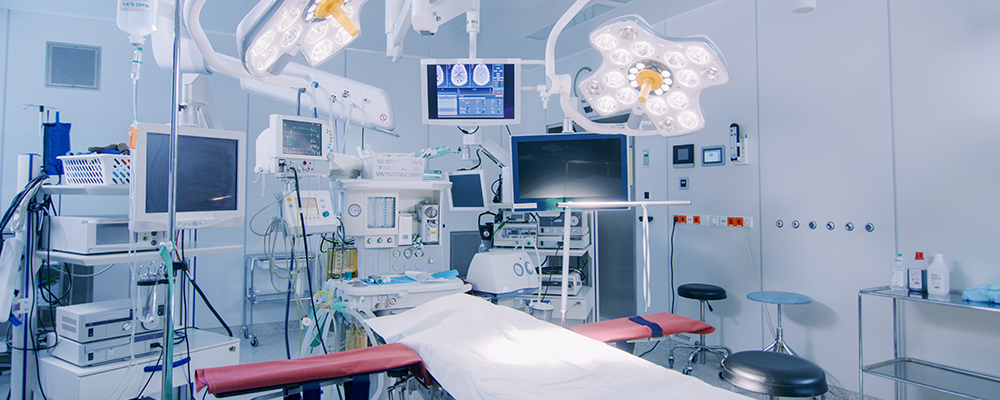Development and Execution of In Vivo Bioassays
January 8, 2022
Home > Veeda Insights > How Technology Is Helping to Put Patients at the Center of Clinical Trials

How technology is helping to put patients at the center of Clinical Trials
Last two decades has witnessed many businesses capitalize on technological solutions to improve their processes and profitability; and healthcare industry is no different. Technological solutions have added a great deal of value to the healthcare industry. Their application in clinical trials have not only boosted the operational efficacies but also aided in patient centricity.
Patient centricity ensures factoring patients’ point of view and puts them at the center of the trial. Patient-experience is very crucial for better clinical trial and drug outcome. However, factors such as patients’ data confidentiality, regulations and compliance issues, inaccessibility of patients at the required time have posed a challenge to this novel approach. IOT driven technology has come to offer a solution and is helping more and more researchers adopt the approach and improve their processes.
Information Sharing
Patient recruitment is a tasking process and researchers have to put in lot of efforts in order to provide important information about the trial. Lack of clarity in this communication can make it leave the patients in ambiguity and make the recruitment process more challenging. Patients need to be provided information, which is simple, to the point and easy to understand. Here, using digital medium eases things out for them. A short audio-visual presentation on the matter with necessary details would certainly improve the patient experience; it enables them to comprehend every aspect of the trial and facilitates their decision-making process.
Onboarding Patients with Technology
Use of technology in clinical trials for onboarding certainly alleviates the experience for patients. Onboarding requires patients to sign a consent form. In the past, these were required at multiple stages and considering everything was manual, a lot of paperwork was involved, making it quite taxing. Technology has taken the entire consent process digital. The advanced Electronic Content Systems (ECS) for clinical trials are patient-friendly and regulatory compliant that enables patients to fill their consent forms online, automating the process of patient enrollment and making it faster and efficient. Such systems lessen the administrative workload via improved consent tracking management and reducing informed consent errors.
Eliminating Distance Issues
Technology has eliminated the distance issues and is aiding clinical researchers find and reach out to the patients world-wide. For a successful patient-centric clinical trial, finding the right quality and number of patients is must. With mobile technology and IOT, location of the patient is becoming immaterial. Technology has made it possible to connect with global patients in eloquent ways and collect larger volume and better-quality data through virtual trials.
While more advanced technological applications are still needed, technology has certainly aided patient centricity in clinical trials, enabling better quality studies and results. It has had a positive and encouraging impact on the patients’ experience.